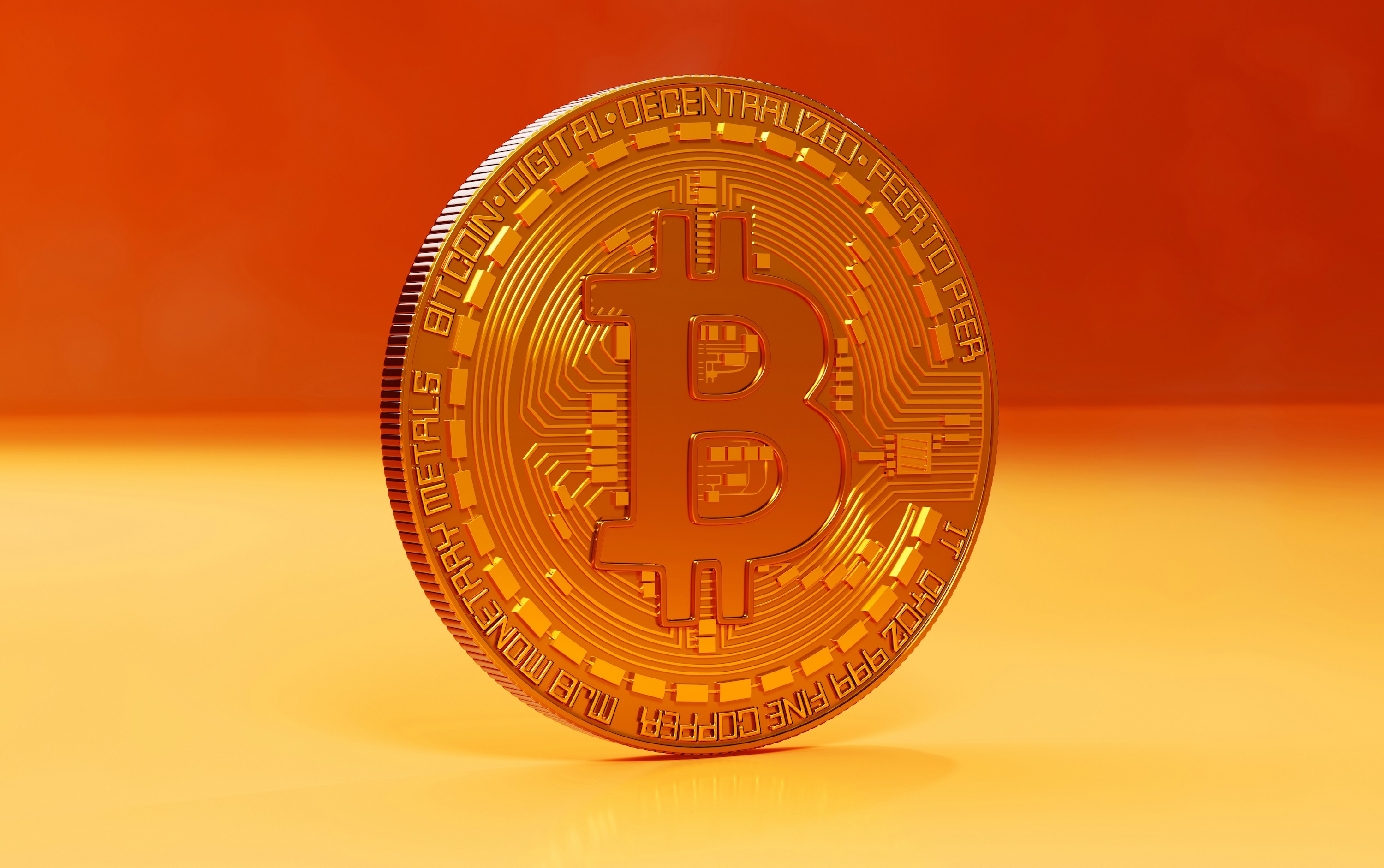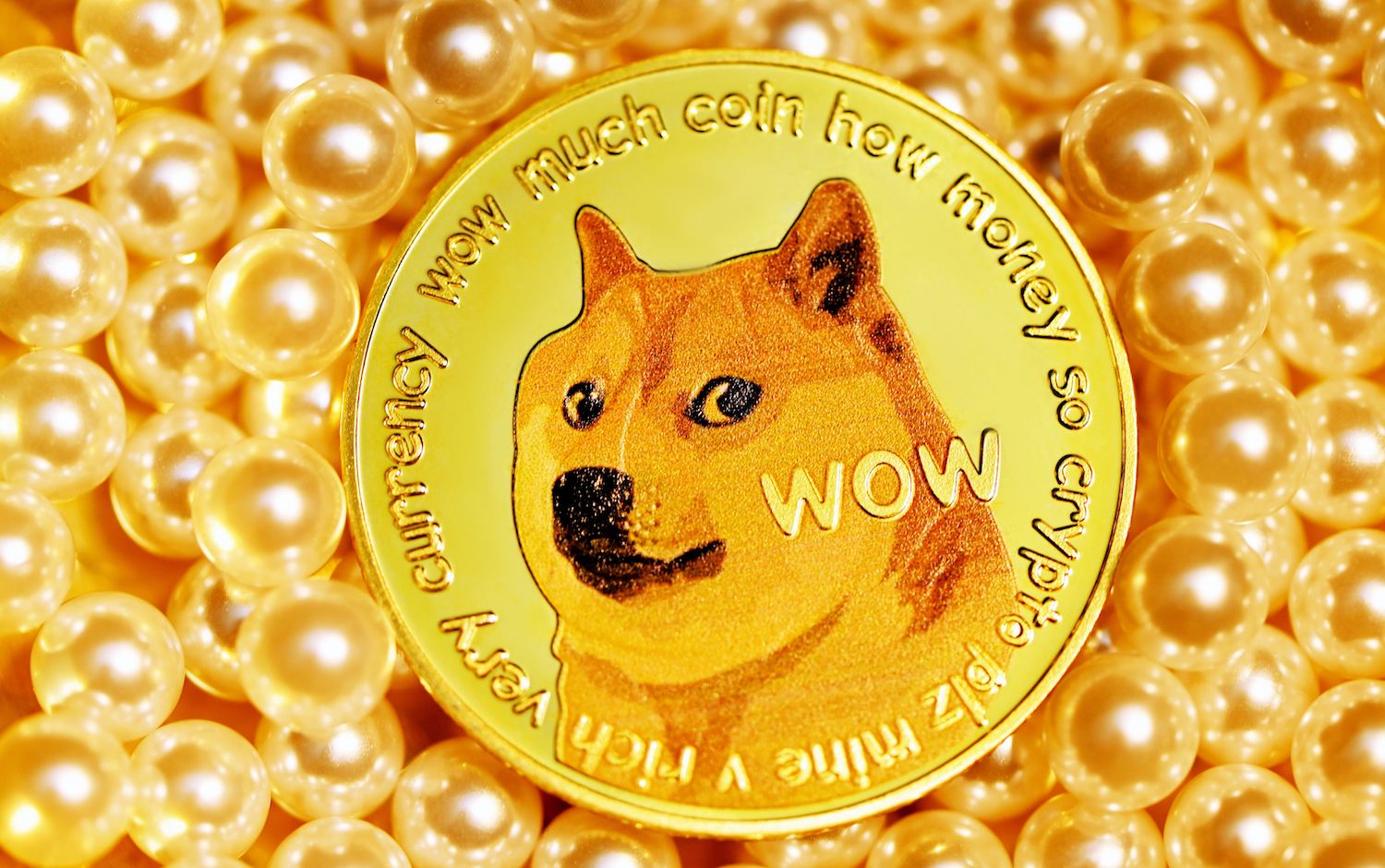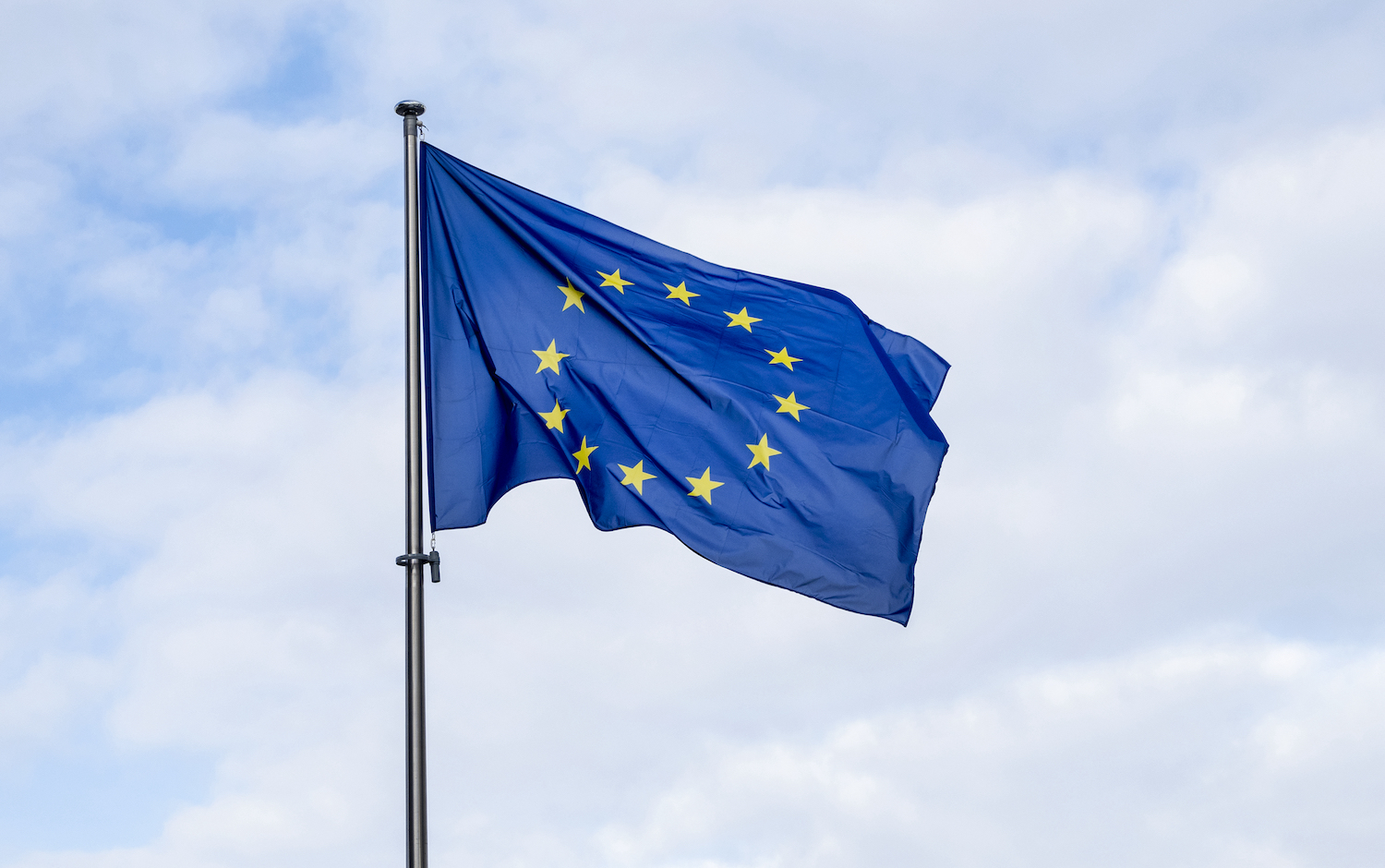Web3 headlines in focus

Axie Infinity: Origins, a blockchain-based card game, is now listed on Apple’s App Store across Asia and Latin America. [Image via Axie Infinity]
There’s never a dull moment on the blockchain. Here’s what you need to know this week:
Apple listed Axie Infinity: Origins in the App Store. A closer look at Apple’s dapp moves and the rest of the week’s web3 headlines.
It’s the 13th anniversary of Bitcoin Pizza Day. We’re breaking down the history of the beloved crypto holiday.
Noteworthy numbers. The price a highly coveted Fidenza NFT sold for at auction, and other key figures to know.
WEB3 ROUNDUP
The week in web3 crossovers: Axie Infinity joins the App Store, Pudgy Penguins debut on Amazon
While crypto markets have been on the rebound in 2023, the market for NFTs hasn’t followed the same trajectory, with May currently tracking toward having less than $1 billion in trading volume, which would make it the first month this year to not reach that trading threshold.
But that is just one way to assess what’s happening in web3. This week, we’re taking a look at how crypto projects continue to cross-over into the web2 world and even the physical realm by rounding up some recent news headlines. Let’s dive in.
Apple, which has a rocky history with crypto apps, listed Axie Infinity in the App Store and enabled Apple Pay for STEPN.
Axie Infinity, one of the original web3 "play-to-earn" games, just released a version of its game in the Apple App Store (in select markets) called Axie Infinity: Origins. Two years in the making, Axie Infinity: Origins is a free-to-play card game that doesn’t require NFTs to play, but existing Axie holders will be able to use their NFTs in the Origins app, making it, potentially, the first time Apple has agreed to make an externally purchased NFT usable in the App Store.
Meanwhile, STEPN, the “move-to-earn” web3 game, said they became the first blockchain game to integrate with Apple Pay, meaning users no longer have to connect a crypto wallet. The game, in which users must first buy a digital sneaker NFT, and then earn token rewards by walking, jogging or running, has about 500,000 monthly active users.
The Professional Bowlers Association is putting its bowling awards on Avalanche’s blockchain.
The PBA and its parent company Bowlero are launching "League Bowler Certification" awards for the more than 300,000 participants in its leagues that represent feats accomplished by individuals, like bowling their first 200-score game or bowling a perfect 300. The "digital awards" (the league doesn’t use the term NFT) will have their own Avalanche subnet to avoid network congestion, and they will be considered “soulbound tokens,” meaning awards can’t be traded or sold once received.
Pudgy Penguins released their first toy collection on Amazon, selling more than 20,000 figurines in two days.
The popular NFT project released its first “phygital” collection, called “Pudgy Toys,” on Amazon over the weekend, raking in more than $500,000 in sales in the first two days. The toys are based on 16 Pudgy Penguins NFTs, and were licensed from their owners based on a variety of criteria including aesthetics and the holder’s community engagement.
Every time a toy is sold, the owner of the corresponding NFT will receive a royalty payment in perpetuity, according to Pudgy’s CEO. Acknowledging recent declines in the NFT market, the company sees the move to toys as a "Trojan horse" for collectibles that "transcends this [web3] ecosystem."
PIZZA PARTY
A brief history of Bitcoin Pizza Day, crypto’s cheesiest holiday
“I just wanted to report that I successfully traded 10,000 bitcoins for pizza,” wrote Florida-based programmer Laszlo Hanyecz on May 22, 2010, documenting the first known BTC transaction for a physical good — and creating a now cherished slice of Bitcoin's history known as Bitcoin Pizza Day.
Thirteen years ago, Hanyecz posted on a Bitcoin forum, offering 10,000 BTC (only worth about $40 at the time!) to anyone willing to send him pizza. A college student named Jeremy Sturdivant agreed and had two large Papa John’s pizzas delivered to Hanyecz’s house. Sturdivant said he then used all his BTC proceeds for some traveling.
Of course, the other compelling part of Bitcoin Pizza Day is the eye-popping value 10,000 BTC would command in the years after Hanyecz traded his crypto for a carb-heavy dinner. As of Monday, 10,000 BTC was worth roughly $270 million, more than 10% of Papa John’s total market cap, or, if you’re hungry, roughly 18 million large cheese pizzas.
So does Hanyecz regret spending that much BTC on pizza instead of hodling? “I don’t regret it,” he told Cointelegraph in 2018. “I think that it's great that I got to be part of the early history of Bitcoin … I’d like to think that what I did helped.”
NUMBERS TO KNOW
$6 million
The size of the seed funding round, led by Block CEO Jack Dorsey, for Bitcoin vouchers company Azteco, which says it “allows consumers to instantly save, spend, and send small amounts of bitcoin” without a traditional bank account. Dorsey said of his investment: “The unbanked population is immense. We have the technology and resources to close this gap, but until now, no one has taken that important next step.”
$2.5 million
The amount (roughly) that seven NFTs belonging to failed crypto hedge fund Three Arrows Capital received at auction last week, including one — Fidenza #725 — that went for more than $1 million. The sales, which took place via Sotheby’s, were part of the liquidation process for the firm, which declared bankruptcy in the early days of the crypto winter last July.
114
Number of nations that are exploring their own central bank digital currencies. CBDCs are a completely digital version of government-issued money. Unlike bitcoin, CBDCs are centralized legal tender, created and controlled by a government or central bank. Like bitcoin, they can be used for fast and inexpensive global payments.
COMPANY NEWS
Coinbase launches “Crypto: Moving America Forward” campaign
This week, Coinbase debuted a new national campaign aimed at explaining crypto’s critical role as an underlying technology that will update the global financial system, as well as why U.S. global economic leadership and national security are at risk if the country cedes its role in building technology that is becoming central to the world’s financial infrastructure.
Watch the films and learn more about the campaign here.
TOKEN TRIVIA
When did Ethereum originally launch?
A
2008
B
2010
C
2015
D
2017
Find the answer below.
Trivia Answer
C
2015











